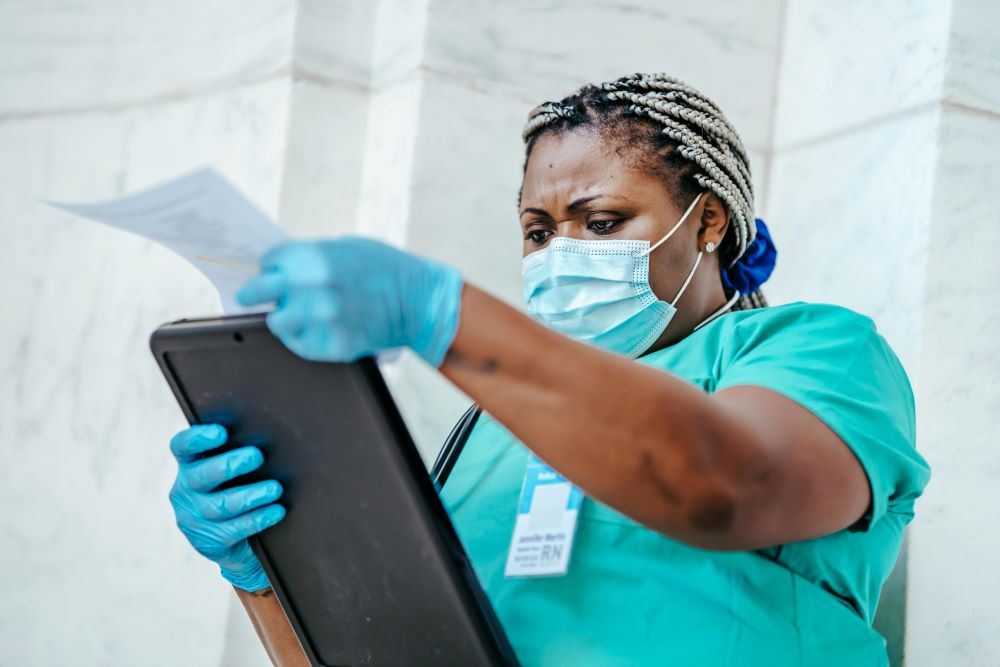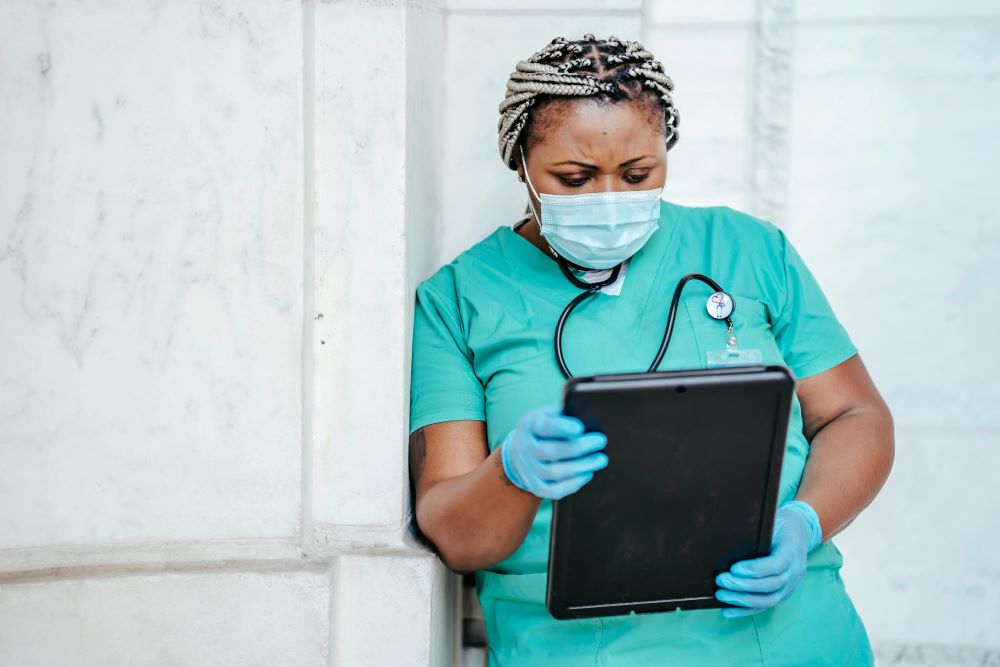Rural emergency hospitals currently do not qualify for the 340B drug discount program.
Amid rising concerns about rural hospital closures, lawmakers on Capitol Hill are proposing various solutions to enhance a federal program designed to sustain lifesaving services in small towns across the United States. Eric Briesemeister, the head of UnityPoint Health-Jones Regional Medical Center in Anamosa, Iowa, is closely monitoring congressional developments. His 22-bed hospital, serving a town of fewer than 6,000 residents, averages about seven inpatients per night and recently reported an annual net income of just $95,445 from patient care. Despite this, Briesemeister has no interest in converting the facility into a rural emergency hospital, a move that would secure millions in federal payments but require hospitals to keep emergency departments open while relinquishing inpatient beds.
Briesemeister explained that the rural emergency hospital program seems better suited for institutions on the brink of closure. Nationwide, only about two dozen of the over 1,500 eligible hospitals have adopted this model since its inception last year, while ten rural hospitals have closed during the same period.
In response, federal lawmakers have introduced several legislative measures since March. One Senate bill, sponsored by representatives from Kansas and Minnesota, includes provisions for reopening older closed facilities. Another proposal, the Rural 340B Access Act, introduced in the House by Michigan lawmakers, aims to extend the 340B federal drug discount program to rural emergency hospitals.

The 340B program, established in 1992, allows eligible hospitals and clinics to purchase drugs at discounted rates and bill insurers, Medicare, or Medicaid at market prices, retaining the profit. Originally intended as indirect aid for struggling hospitals, many larger hospitals use the proceeds for community benefits and charity care, while smaller hospitals rely on the discounts to cover staffing and operational costs. Currently, rural emergency hospitals do not qualify for these discounts, a situation the House bill seeks to rectify.
Briesemeister believes the 340B program offers substantial benefits. His hospital uses the funds generated from 340B to subsidize emergency services and support uninsured and underinsured patients frequenting the emergency department. Senator Chuck Grassley of Iowa, who helped usher the Rural Emergency Hospital program into law, did not directly address why the 340B provision was omitted. His spokesperson noted that the program’s design resulted from bipartisan negotiations.
A survey by the health analytics firm Chartis and the National Rural Health Association found that nearly 80% of rural hospitals participated in the 340B program, with almost 40% generating $750,000 or more annually from it. Sanford Health, a rural health system based in South Dakota, considered converting some critical access hospitals to rural emergency hospitals but decided against it due to potential revenue losses from closing inpatient beds and the inability to access drug discounts.
While many rural hospitals advocate for including the 340B provision in the rural emergency hospital program, opponents argue that some hospitals exploit the program without adequately serving vulnerable populations. Nicole Longo, deputy vice president of public affairs for the Pharmaceutical Research and Manufacturers of America (PhRMA), criticized hospitals and chain pharmacies for exploiting the program, claiming patients have not benefited from its expansion. However, Longo stated that PhRMA supports allowing rural emergency hospitals to access 340B, recognizing their role in serving vulnerable communities.
PhRMA aims to foster a dialogue on which hospitals should be included in the program. Last year, the organization collaborated with community health centers to form the Alliance to Save America’s 340B Program (ASAP 340B). Vacheria Keys, associate vice president of policy and regulatory affairs at the National Association of Community Health Centers, noted a newfound openness among stakeholders.
The use of the 340B program surged after the 2010 Patient Protection and Affordable Care Act allowed hospitals and clinics to contract with retail pharmacies like Walgreens and CVS, which dispense discounted drugs for a fee. Adam J. Fein, president of the Drug Channels Institute, reported that the 340B program became the second-largest federal drug initiative, trailing only Medicare Part D. In 2022, the program’s drug purchases reached $53.7 billion, up $9.8 billion from the previous year.
Pharmaceutical manufacturers have responded by limiting the drugs offered at discounts through these pharmacies, impacting rural hospitals like Labette Health in Kansas. Rena Conti, an associate professor at Boston University, expressed concerns about the program’s expansion, citing the significant, yet unclear, financial implications and beneficiaries. Nonetheless, Conti acknowledged that granting rural hospitals access to federal drug discounts is logical, given their role in serving vulnerable populations.
Sources:
An obscure drug discount program stifles use of federal lifeline by rural hospitals


Join the conversation!